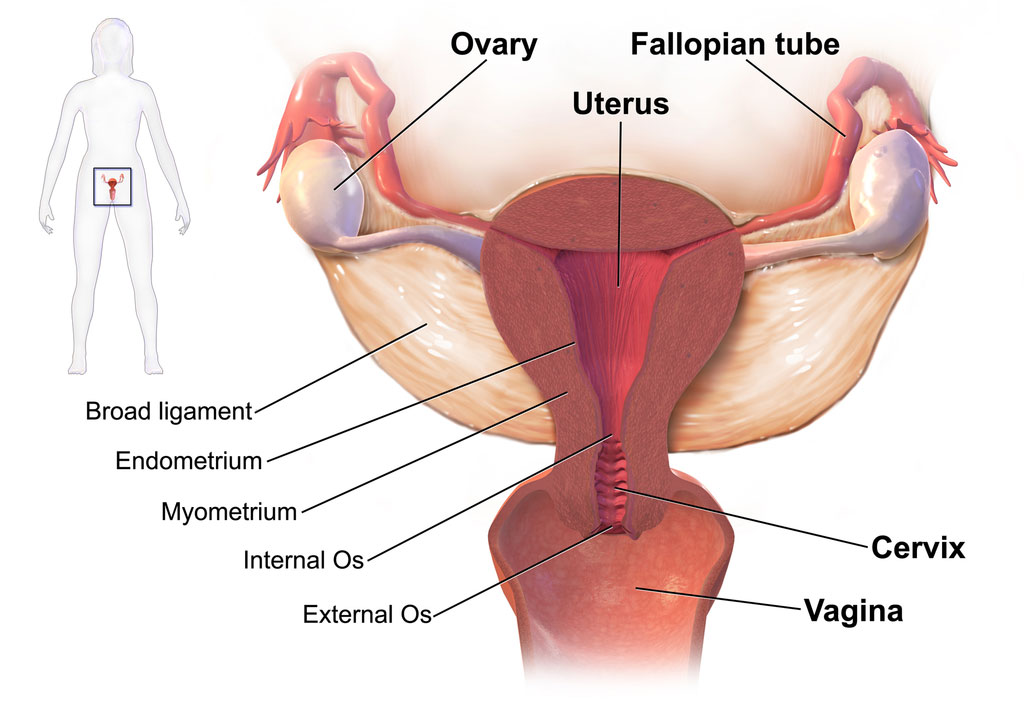Tube Cannulation
Normal fallopian tube function is important in allowing the egg (oocyte) to meet the sperm for fertilization (joining of the egg and sperm) and to allow the fertilized egg (embryo) to travel to the womb (uterus). A women can go for Fallopian Tube Cannulation if she is suffering from sub fertility issues with a blockage in the part of the fallopian tubes closest to the womb. About 1 in 6 couples, subfertility problem is seen. There may be many reasons but in 20% of couples, subfertility is because of blockage of fallopian tubes either completely or partially.
How is the diagnosis of blockage in fallopian tubes done?
The blockage of fallopian tubes is mostly due to previous infections, adhesions, and endometriosis. These can be diagnosed by hysterosalpingogram (X-Ray Test) or by going laparoscopy. In a specific group of women, the blockage is in the first and closest part to the uterus (proximal part) and this may be treated by fallopian tube cannulation.

Who is a candidate for this procedure?
- If there is no other significant fertility factors found with testing.
- When a tubal blockage is diagnosed by a hysterosalpingogram or dye test.
- If the blockage is at the proximal part of the fallopian tube.
How is the procedure done?
This procedure is performed by keyhole surgery with cameras of hysteroscopy and laparoscopy. Hysteroscopy and laparoscopy are surgical procedures that allow the surgeon to access the inside of the womb and the abdomen respectively using a narrow tube that contains a camera and a light source. While visualizing the abdomen and the pelvis through the laparoscope, a fine guidewire is introduced into the womb and the opening of the fallopian tube. It is carefully used to unblock the tube. A dye is then introduced through the womb into the fallopian tubes to check whether it can pass through into the pelvis and determine whether the procedure has been successful. This is similar to the way an artery is unblocked in the heart to treat heart disease.
What is the success rate?
The published evidence suggests that fallopian tube cannulation achieves tubal patency (successfully treating the blockage) in approximately 70% of women and is successful in achieving a pregnancy in 10-20% of women afterward. (NICE interventional procedures Programme 2013)
How long a patient is hospitalized?
Mostly patients will be able to return home on the same day of operation. However, different people recover from a general anesthetic and the operation differently and so you may need to stay in hospital a little longer.
Will there be any pain/vaginal bleeding after operation?
Patients who undergo laparoscopy commonly describe lower abdominal, upper leg, and shoulder tip pain. There will be 2-4 incision sites where the laparoscopy and instruments were inserted over your abdomen. After the operation and for 10 – 14 days the pain may be seen. Use only sanitary towels whereas tampons increase the risk of developing the infection. If you feel your bleeding is prolonged or becomes foul-smelling, please seek advice IVF specialists.
